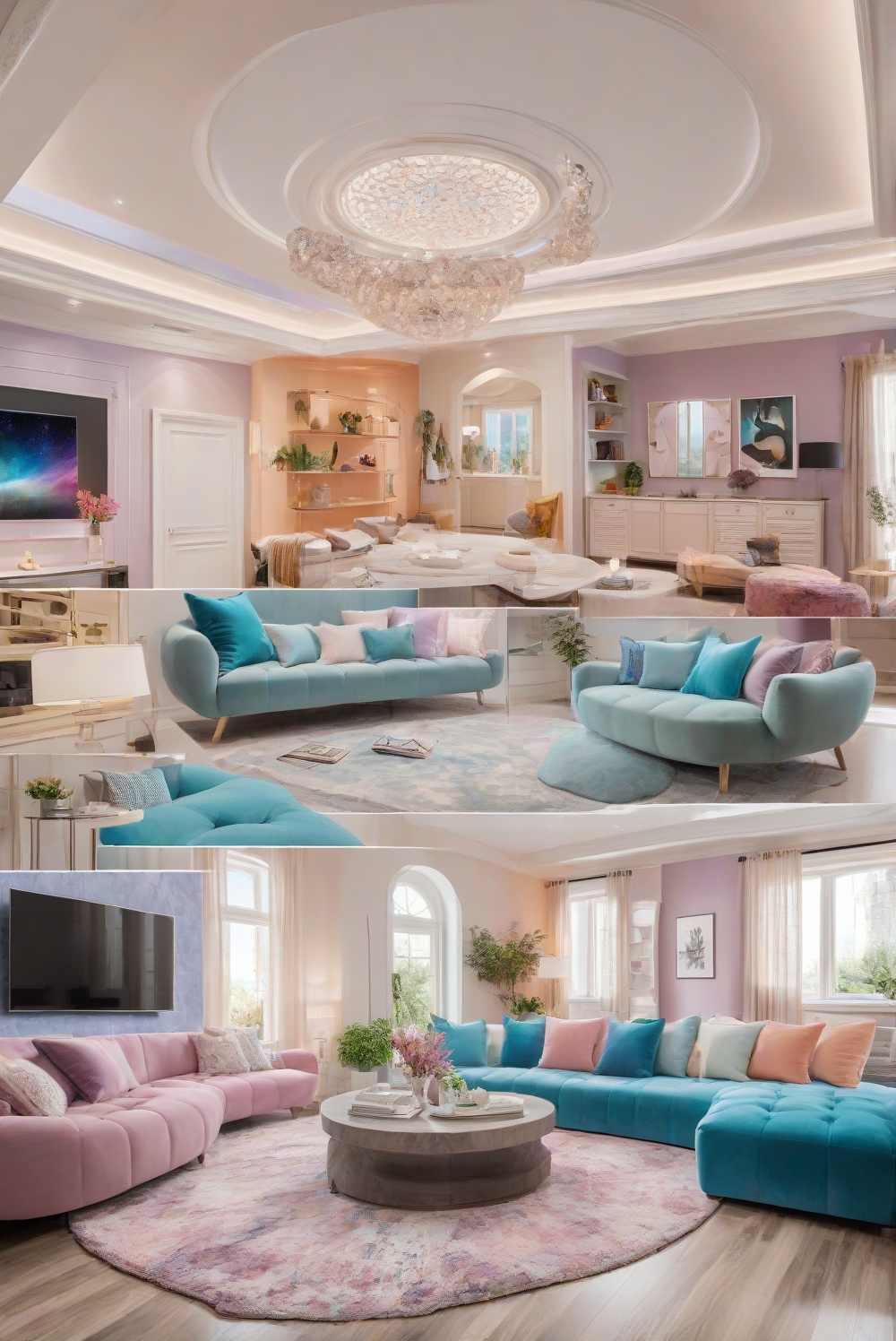Discover the impact of different colors on the perception of space in your living room. Explore daily interior designer routines for a vibrant and stylish home.
How do different colors affect the perception of space in your living room?
Different colors can significantly impact the perception of space in your living room. Light colors such as white or pastels can make a room feel more spacious and airy, while dark colors like deep blues or charcoal can create a cozier and more intimate atmosphere. Using a monochromatic color scheme can visually expand the space, whereas contrasting colors can define different areas within the room. Additionally, using neutral colors as a base and adding pops of brighter colors can create visual interest without overwhelming the space. Properly chosen colors can enhance the functionality and aesthetics of your living room, making it a more inviting and comfortable environment. Pay attention to color psychology to achieve the desired mood and ambiance.
How Colors Affect Perception of Space in Your Living Room
Colors play a crucial role in shaping the perception of space in your living room. The choice of colors can significantly impact the overall feel, size, and ambiance of the room. Understanding how different colors affect perception can help you create a space that is visually appealing and comfortable.
Color Warmth and Coolness
The warmth or coolness of colors can influence how spacious a room feels. Warm colors such as red, orange, and yellow tend to advance towards the viewer, making the walls feel closer and the room cozier. On the other hand, cool colors like blue, green, and purple recede, creating a sense of depth and openness. By strategically using warm and cool colors in your living room, you can manipulate the perception of space to your advantage.
Light Reflection and Absorption
The way colors reflect or absorb light can also impact how spacious a room appears. Lighter colors like white, cream, and pastels reflect more light, making the room feel brighter and more expansive. In contrast, darker colors absorb light, creating a sense of intimacy and coziness but potentially making the room appear smaller. Choosing the right balance of light and dark colors can help you achieve the desired perception of space in your living room.
Psychological Effects of Colors
The psychological effects of colors can further influence the perception of space in your living room. For example, blue is often associated with calmness and tranquility, making it ideal for creating a relaxing atmosphere in a small space. Green symbolizes nature and growth, bringing a sense of freshness and vitality to the room. Understanding the emotional impact of colors can help you create a space that not only looks spacious but also feels welcoming and comfortable.
Color Combinations and Patterns
In addition to individual colors, the combination of colors and patterns can also affect how spacious a room appears. Using complementary colors that are opposite each other on the color wheel can create a sense of balance and harmony in the room. Similarly, incorporating patterns like stripes or geometric shapes can visually expand the space by drawing the eye in different directions. By carefully selecting color combinations and patterns, you can enhance the perceived size of your living room.
In conclusion, the perception of space in your living room is intricately connected to the colors you choose. By understanding how colors influence perception through warmth, coolness, light reflection, and psychological effects, you can create a space that feels open, inviting, and visually appealing. Experiment with different color schemes, combinations, and patterns to find the perfect balance that enhances the perceived size of your living room. Remember, the power of color is not just in what you see but also in how you feel in the space you create.

